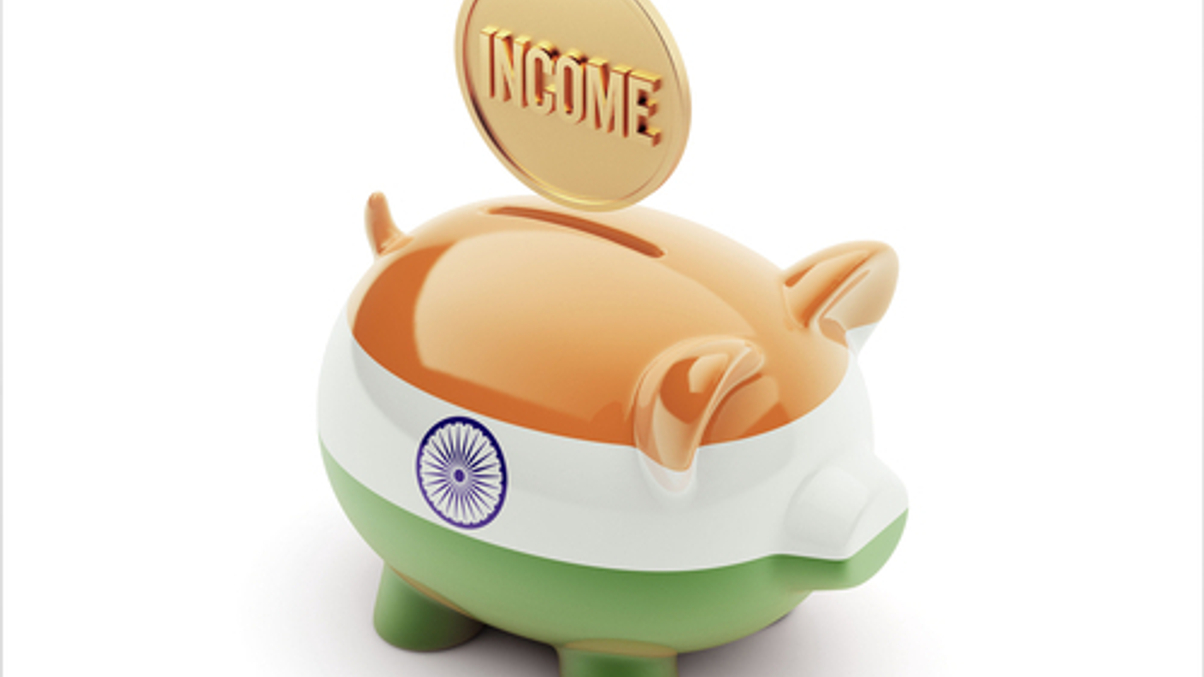AI300: Indian banks, China insurers stand tall in mid-tier
Indian commercial banks and Chinese insurance companies were among the best-represented organisations within the mid 100 organisations in this year's AI300.

Indian commercial banks and Chinese insurance companies saw big gains in assets under management (AUM) in this year's AI300 ranking, more than making up for among Malaysian asset owners compared to last year's suvey.
Sign In to Your Account
Access Exclusive AsianInvestor Content!
Please sign in to your subscription to unlock full access to our premium AI resources.
Free Registration & 7-Day Trial
Register now to enjoy a 7-day free trial—no registration fees required. Click the link to get started.
Note: This free trial is a one-time offer.
¬ Haymarket Media Limited. All rights reserved.


